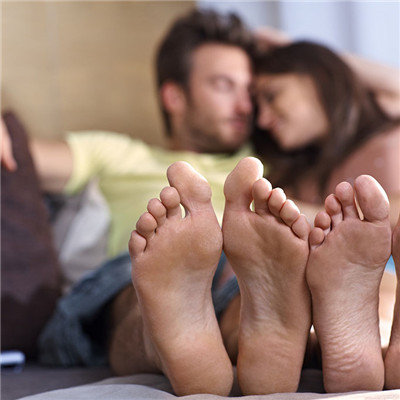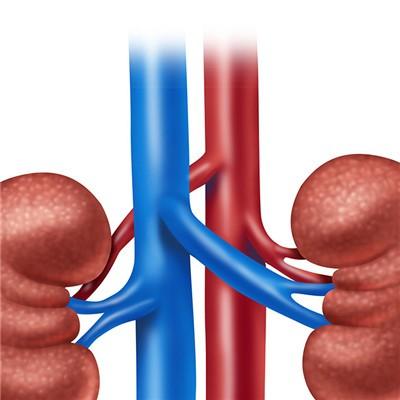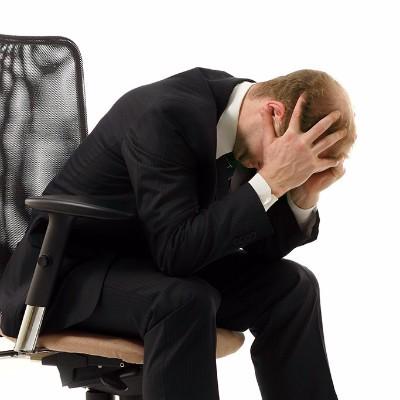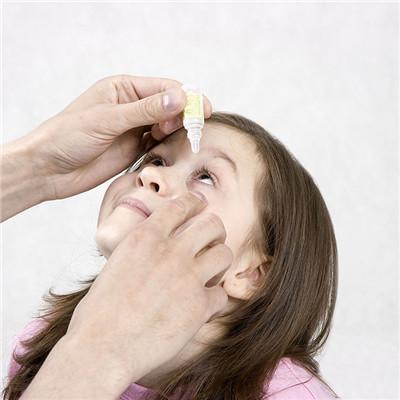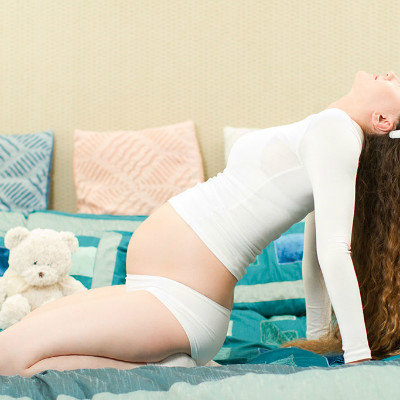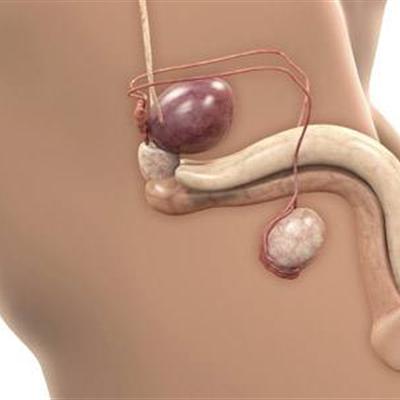What is deep overbite
summary
Teeth are our important organs. There are many friends who have abnormal teeth. Deep overbite is a kind of phenomenon. What is deep overbite?
What is deep overbite
First of all, deep overbite is also a kind of deep overbite, which is mainly a malocclusion caused by the vertical development of maxillary and mandibular arch and / or mandible. It refers to the patients whose incisal margin of the upper anterior teeth is more than 1 / 3 of the length of the crown of the lower anterior teeth, or the patients whose lower anterior teeth occlude more than 1 / 3 of the lingual side of the upper anterior teeth.
Among them, the upper and middle incisors are vertical or introverted, the incisors on both sides are inclined, or the upper incisors are introverted while the canines are inclined, or all the upper anterior teeth are introverted, and the coverage of the anterior teeth is less than 3 mm, sometimes 0-1 mm; or the upper and lower anterior teeth are crowded and introverted, showing severe occlusion, which can bite the lingual or labial gingival tissue of the upper and lower anterior teeth, causing acute and chronic periodontitis, resulting in alveolar bone absorption, tooth loosening, etc The posterior teeth were neutral or distally related, and the lower arch was shortened.
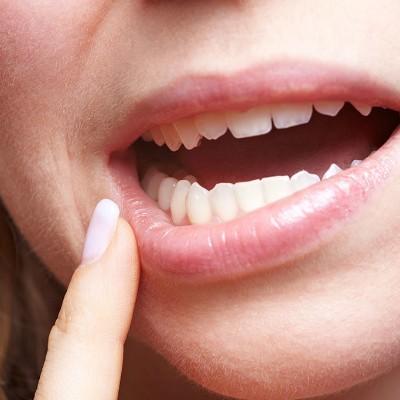
Finally, deep overbite of teeth is harmful to our body or oral cavity. We should pay attention to this situation, and go to the Department of stomatology for timely correction. The biggest harm of deep overbite is the injury of temporomandibular joint, especially atresia deep overbite is a common malocclusion of temporomandibular joint disorder syndrome. In this group, the mandible is in the distal position, the condyle position moves backward, and the mandibular protrusion movement is seriously impaired. Temporomandibular joint disorders often occur in the mouth and chewing pain around the joint, other parts such as headache, ear pain, etc., can also be manifested as mouth opening with deflection, joint murmur and bounce when opening and closing.
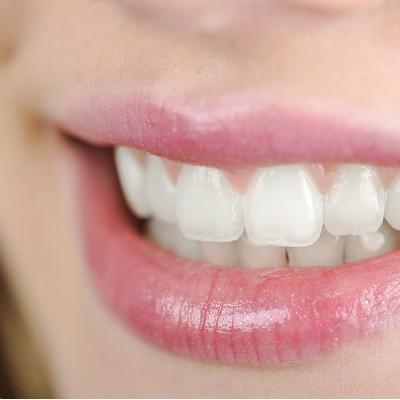
matters needing attention
It's the same with the regular dental treatment, and it's also the right way to treat the teeth according to the different conditions of the hospital.

